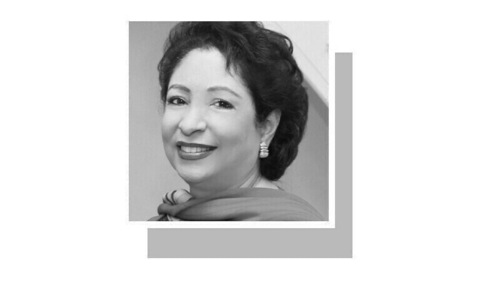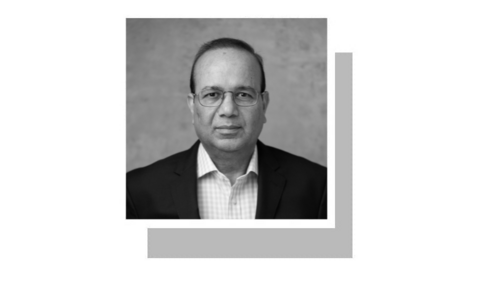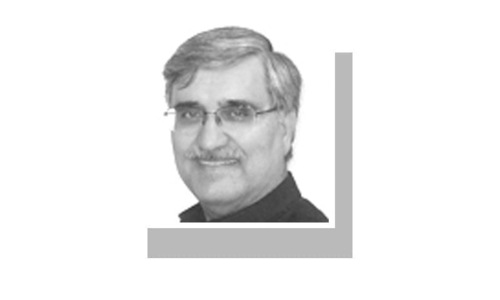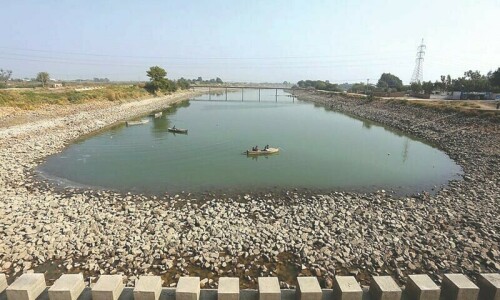ISLAMABAD: The Service Coverage Index (SCI) report, released on Universal Health Coverage (UHC) Day, ranks Islamabad Capital Territory at the top with 63.9 points, leaving all provinces and territories behind.
Punjab follows with a score of 55.5, with Khyber Pakhtunkhwa at 51, Sindh at 50.7, and Balochistan at 38.4. Overall, 45 districts in the country have a UHC-SCI score below 40, while 39 districts fall within the 40-49 range, and 57 districts score between 50 and 59. Only 11 districts in the country have achieved a UHC SCI score of 60 or higher, so far. This highlights the significant gap in progress towards the country’s commitment to achieve the SDG target of a UHC SCI score of 80 or above by 2030.
The result was announced by the Ministry of National Health Services (NHS) on Thursday with the technical support provided by the UK’s Foreign Commonwealth and Development Office (FCDO) and Evidence for Health (E4H) Programme.
The UHC-SCI has improved at the national level from a score of 40 in 2015 to 53.9 in 2023. While this is a 35.8pc increase since 2015, the annual rise of just 2.2pc since 2022 highlights the need for accelerated efforts.
The Coordinator to Prime Minister on Health, Dr Malik Mukhtar Ahmad, announced the latest UHC results for the country and reaffirmed the government’s commitment to ensuring accessible, equitable, and quality healthcare for all citizens.
“Investing in UHC is not just about health; it is about building a fairer, more cohesive society where every citizen has access to quality healthcare services,” said Dr Mukhtar.
“Today, as we mark Universal Health Coverage Day, we are reminded that everyone, everywhere, deserves access to health services they need. Health is the foundation of our well-being, and it is essential for economic growth, social stability, and sustainable development,” he said.
The report also highlights district disparities in specific healthcare categories. Jhelum district in Punjab leads in reproductive, maternal, newborn, and child health category with an aggregate score of 78.4, followed by Hunza and Lahore.
For infectious diseases category, Peshawar is leading at 56.4, followed by Gilgit and Chitral, while other districts trail behind. For non-communicable diseases category, a data gap persists, underscoring the need for disaggregated data to guide future analysis. Karachi South leads by a wide margin, followed by Islamabad and Lahore.
Published in Dawn, December 13th, 2024













































